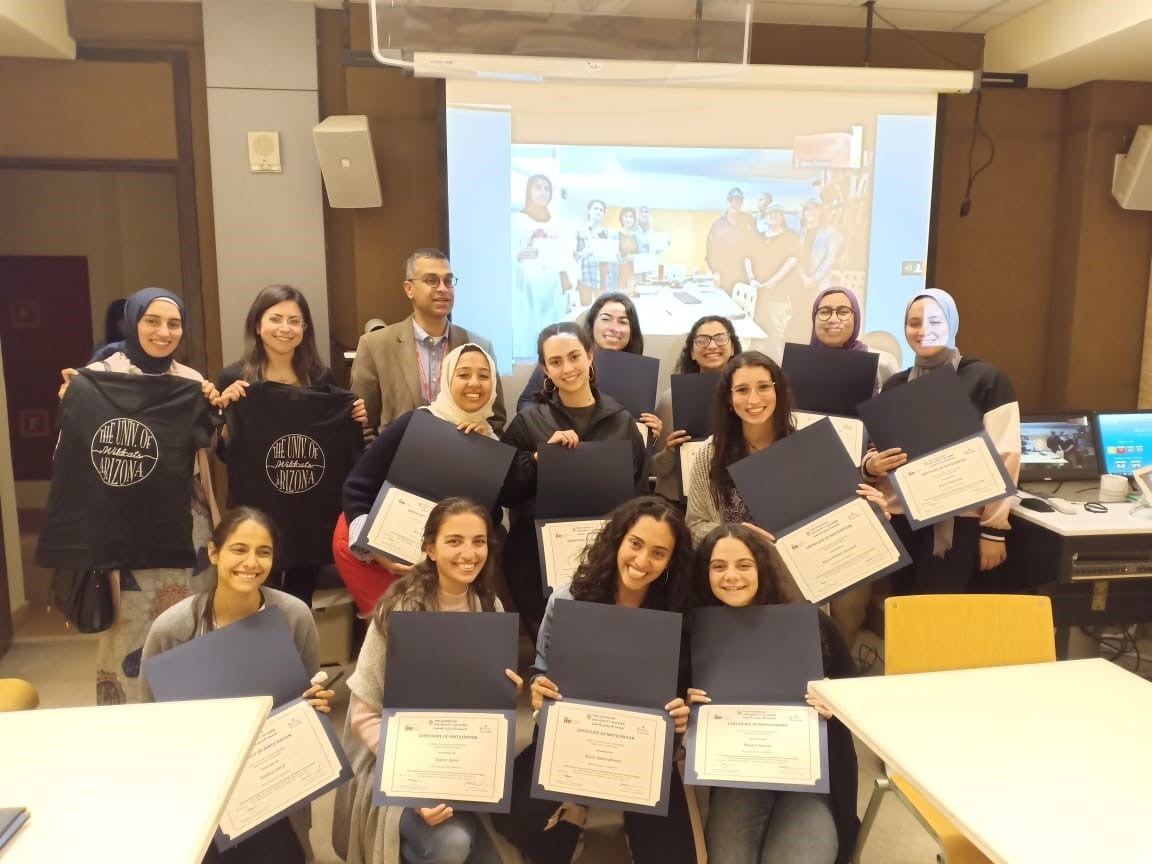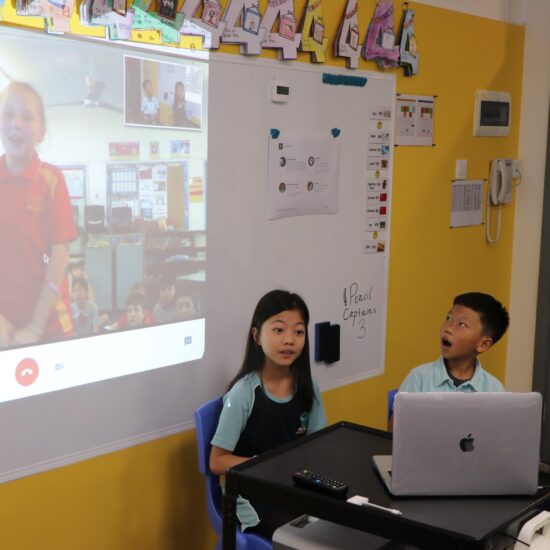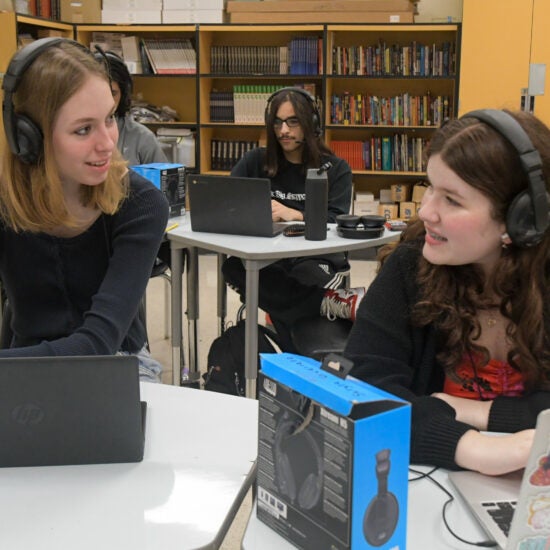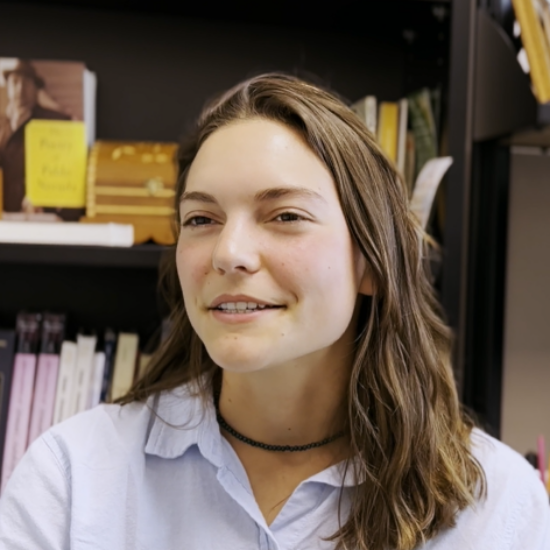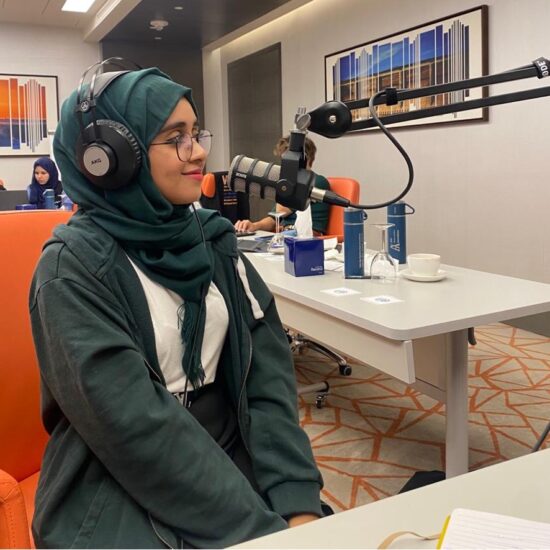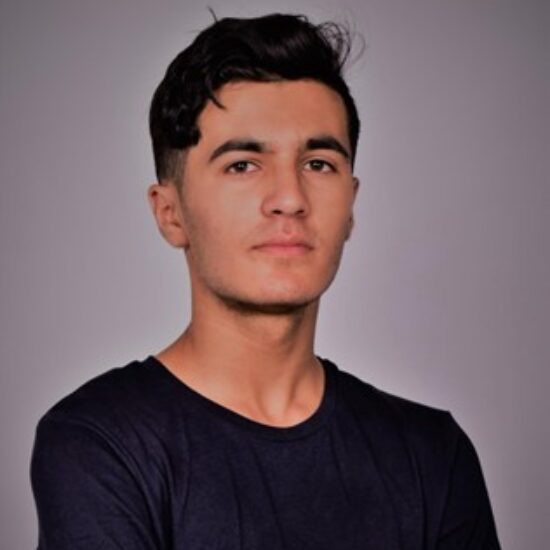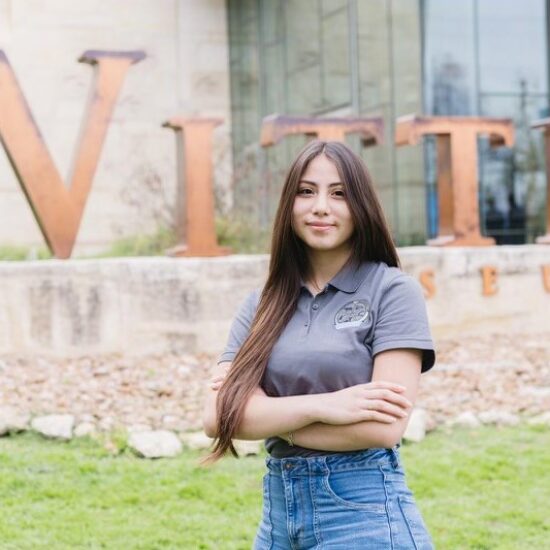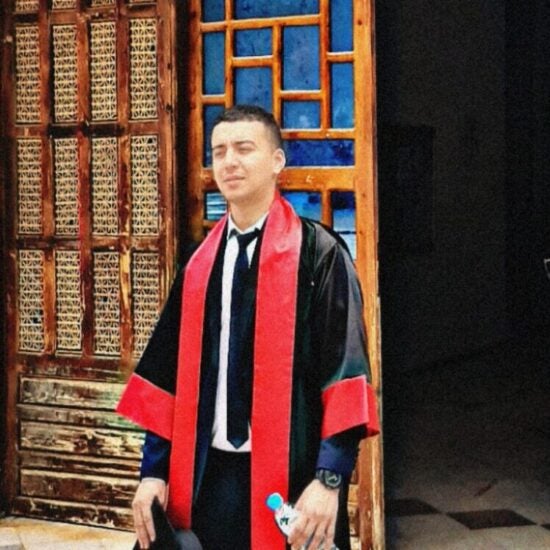What does a student studying construction engineering in the United States have in common with a student studying architecture in Egypt? For those who signed up for university courses participating in the Harnessing Innovation through Virtual Exchange (HIVE) virtual exchange, the answer is simple: a passion for current building technologies, design methods, and international trends to create habitable spaces for the future.
Through the support of the Stevens Initiative, students at the American University in Cairo (AUC) in New Cairo, Egypt and at the University of Arizona in Tucson, Arizona were able to create an online cross-collaboration platform between select courses, allowing their students to connect online over the shared goal of advancing environmental design strategies.
It was a natural match between AUC and the University of Arizona. Both universities are located within a desert climate and support communities which share similar challenges trying to develop and grow within this harsh atmosphere. The participating students from the two universities had much to compare in their work. After participating in two separate courses through the HIVE Initiative at AUC, Sophie Bassily recognized the benefit the collaboration has played in their understanding of local and international issues.
“It encouraged me to take chances like this again as it was a good opportunity to exchange different learning skills,” Bassily said. This sentiment was shared by Mirette Khorshed, the Teaching and Research Associate at AUC who also participated in the course. “The HIVE sessions not only impact the students but also create a shared opportunity between teaching faculty and supporting members to teach new material and engage with new topics relevant to both institutions,” said Khorshed. “By sharing the different resources available at the two schools and creating a shared learning objective we are able to create an international dialogue around architecture research and applications in practice.”
The virtual exchange is not limited to online discussions alone. Students have opportunities to engage with their virtual partners through case studies and even hands-on data collection. In one class, students at AUC modified simple code and learned how they can control the lighting systems and fan of a smart building model physically located at the University of Arizona campus in real-time. “I really enjoyed the workshop,” Nour said. “It was very insightful to see the work of the students in Arizona. They did great work with very interesting ideas and it was interesting to see how they perceived the exercise on their side versus how we saw it.”
In the following sessions they learned how to use COMcheck, a program to evaluate buildings for energy code-compliance against commercial building codes in the US. Students analyzed their campus environments by measuring shading devices, human thermal comfort and daylight quantitatively.
“It was very enlightening how we were able to link the experiences we had of our surroundings with the scientific data we could measure,” Farah Nour said.
The virtual exchange enabled students from both institutions to explore the methodologies and techniques used in both regions to adapt building systems to their unique environmental needs.
According to Professor Khaled Tarabieh at AUC’s Department of Architecture, this is the true benefit of such exchange programs. Students leave the course with a global perspective to the issues they studied and this new lens shapes how they think about problems moving forward. “The HIVE exchange was a great opportunity for my students to build new networks with their counterparts in the US in common issues related to sustainability and better building design,” shared Professor Tarabieh.
Students learned not only about the technologies in their exchanges but also about their colleagues at both schools – sharing what activities they like to do on weekends, their interests, and mini-snapshots of their lives through pictures shared with the class. “It was my first time to have a virtual exchange,” said Tasbeeh Alaqtun, a Master of Science student studying Architecture at the University of Arizona. “In addition, it was my first time to have connections with Egyptian students! I think HIVE opened my eyes to make better communications with other cultures.”
